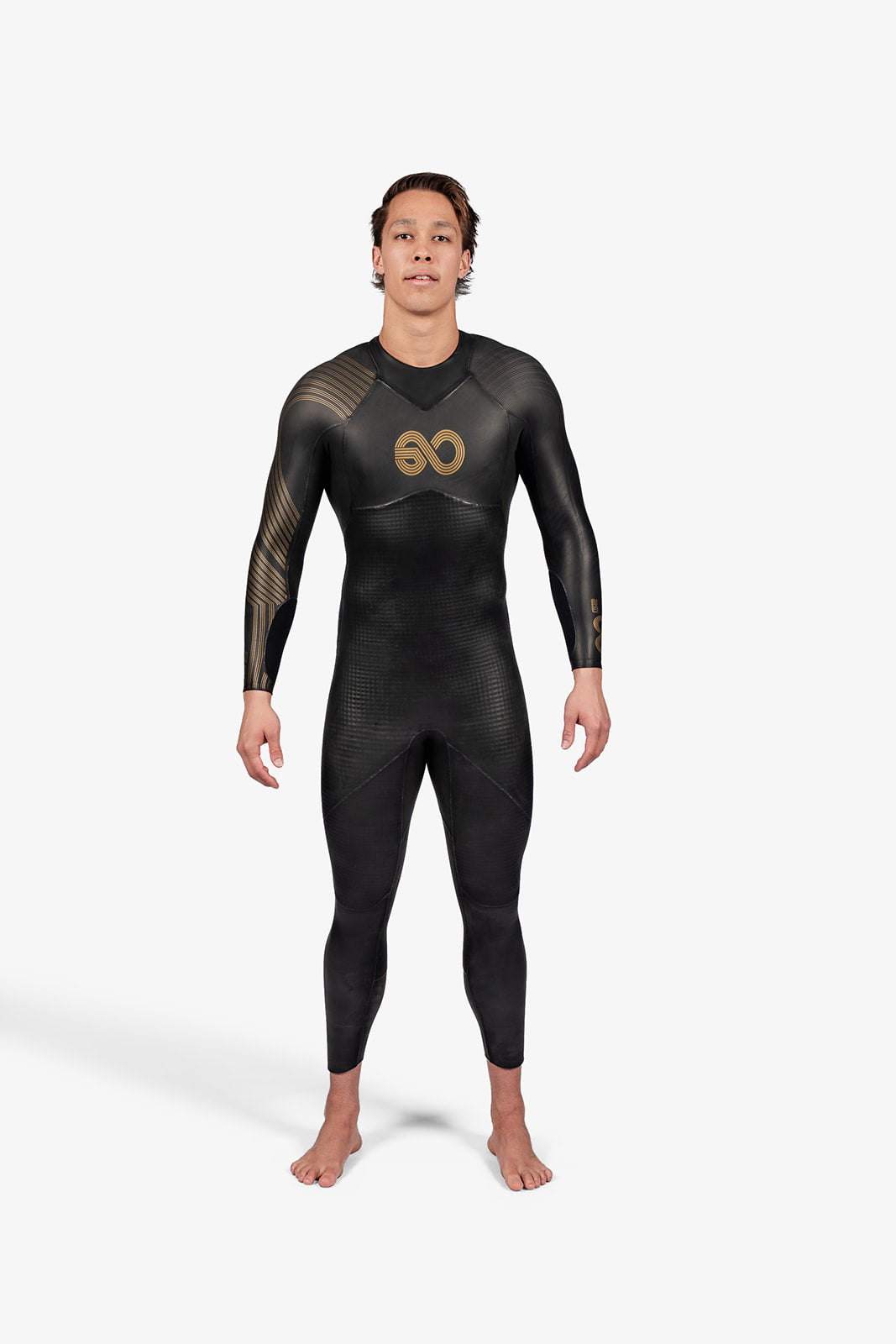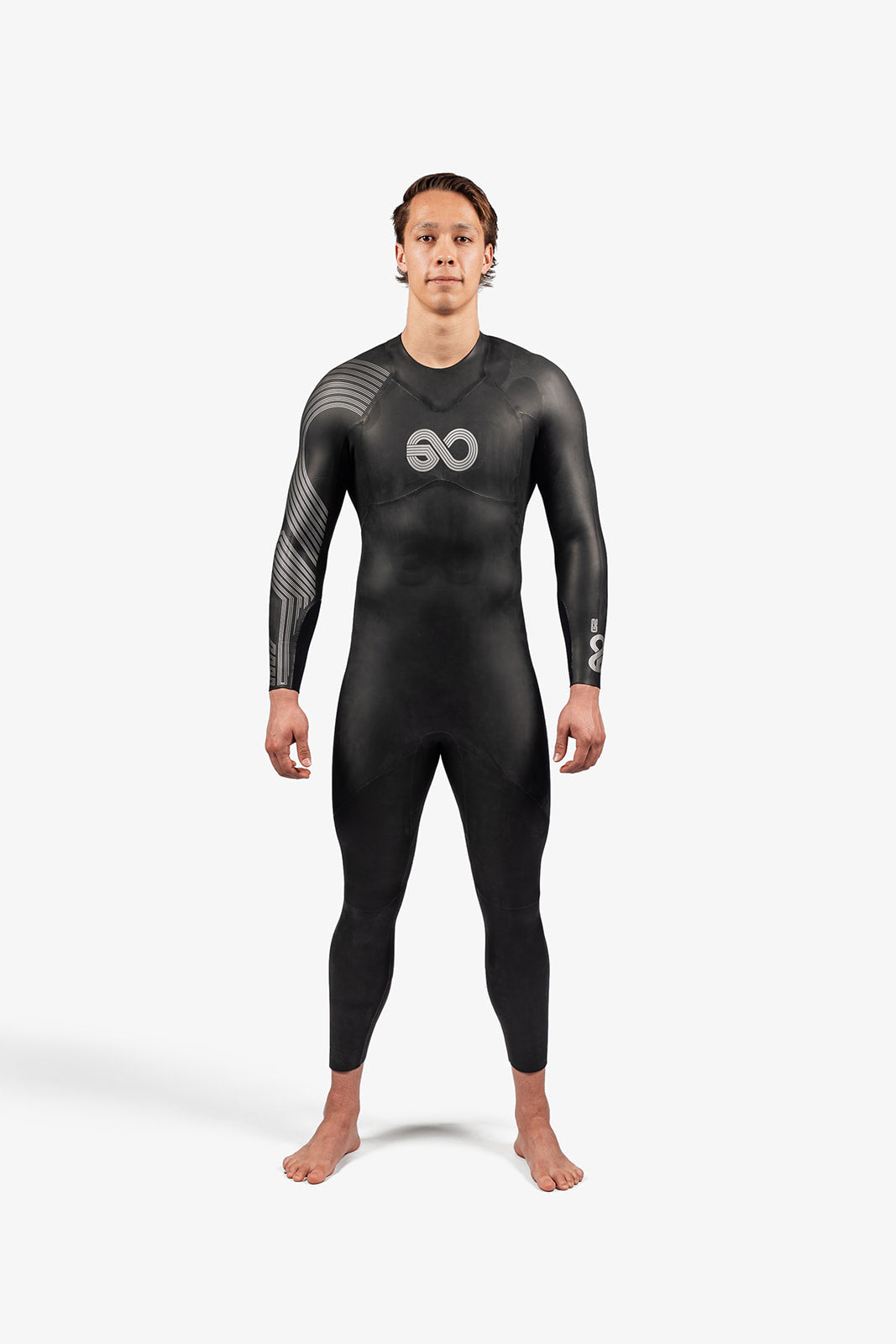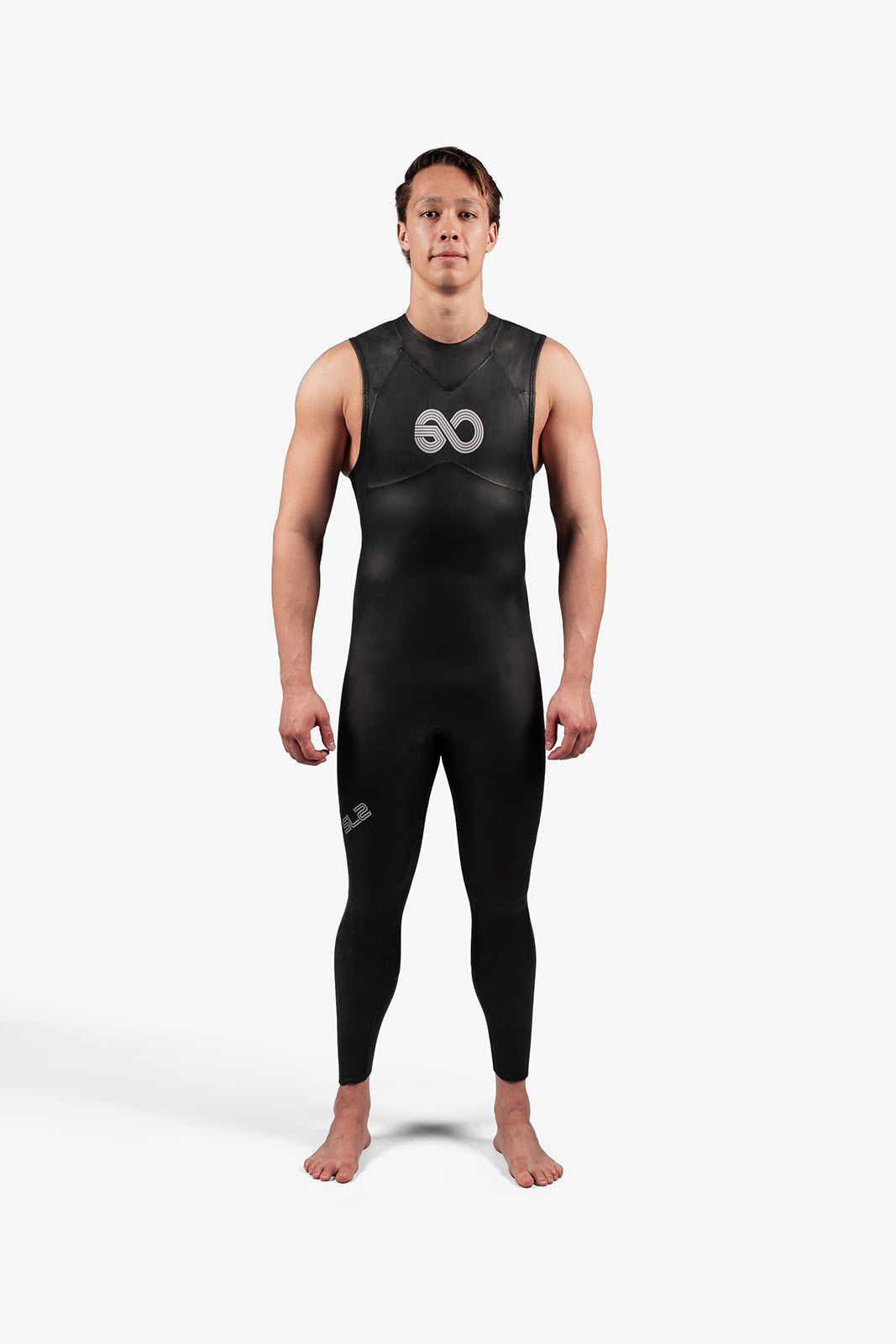As an experienced open water and marathon swimmer, I have tried many different approaches to preparing for marathon swims (10 km and above). However, since retiring from professional swimming in 2016 after missing the Rio Olympics for the 10 km open water marathon event, and subsequently ceasing training 10 times per week. I was forced to try a new training strategy leading up to my first Rottnest Channel Solo attempt in 2019, a 19.7 km marathon swim from Cottesloe beach to Rottenst Island in Perth Western Australia.
The Rottnest Channel Swim is a must for any open water swimmer in Australia and around the world, it never fitted into my schedule when I was chasing 10 km open water sporting goals, however I’m glad I set my myself the goal to swim it solo in 2019 after swimming it as a team in 2018. For anyone that thinks they cannot swim 19.7 km solo, I would highly recommend swimming it as a team or in a duo as it is just as rewarding and even more spectacular as you get to sit on the support boat and admire the race while another swimmer of your team in in the water.

My training strategy could not be 10 times 2-hour session I used to do as it would have not of fitted around my full-time work as a hydrogeologist at an engineering consultancy and my social life. It was particularly challenging to fit in training when traveling for work, and when I was only able to swim a few times a week during busy work periods. However, I found that in the short space of 4 months, I was in one of the best shapes of my life and ready to take on the marathon distance.
Some specific elements that my new training program had included:
- shorter sessions, with higher intensity on weekdays; and
- less warm-up and cool-down, more focus on hitting race specific pace for a 20 km swim (whatever that may for you as the swimmer).
In adapting my program to fit around my work, family and social life, I realised that time was of the essence, and therefore less time was spent on warming-up and cooling-down, and replaced with pace-specific, shorter sessions that I could complete in under 60 minutes. My training sessions were aimed at training for the specific pace that I wanted to hold for my entire 19.7 km Rottenst Channel Swim. The pace that I was aiming to hold was under 1:12 per 100 m for the race. Therefore, my training pace was set at slightly faster. My final time for the race was 4 hr and 11 minutes, with swimming slightly off course, my average pace for the race was 1:13 per 100 m just above the pace that I was training. Please note that each swimmer will have a different pace that they will aim to hold for the race, make sure you train for that specific pace.

Additionally, to the above training recommendations and for anyone aiming for a marathon swim, are few larger swims are recommended and practice eating while swimming, however most of the training can be shorter and around 3-4 km sessions 3-4 times a week if they are of high intensity.
For example:
- 3-4 sessions of 3-4 km high intensity (above race pace) in the pool (4 months out)
- 2-3 long swims done in the pool 3 hr (one every 4 weeks) to not only help training but to build confidence
- 1-2 long open water training session 3 hr each is ideal
Use all the open water races throughout summer as training and try to either swim the longer distances or double up on races if on the same day. All states in Australia have a large number of open water swims throughout summer, I would recommend for any swimmer to swim these as part of your Rottnest training plan as they will not only be enjoyable but also social. It also helps with motivation as following the black and white line all the time can become a little boring no matter how motivated you are.
To help with training, there are plenty of great open water coaches and groups all around Australia that will be able to design a training plan specific to yourself swimming distance, I myself am one of them so please direct message if you’re keen in seeking support from myself to help with your marathon training needs and goals.
Feeding
Nutrition is a big part of any marathon open water swims. I have personally found that the difference between getting nutrition correct during a race will be the difference to enjoying the race or turning it into a struggle to the finish line. My strategy is always to get in as much food as possible in the first half of any marathon swim before increasing feedings intervals in the second half. This is a great strategy for any race 10 km or above. For races such as the Rottnest channel swim, I feed every 20 minutes with a mixture of carbohydrates and electrolytes. I like to choose food that is high in energy and that I can easily eat while under stress. Therefore, for anyone that is new to this make sure you practice feeding during training and when your heartrate is elevated so that you know how you will feel while feeding in a race. My key tips are:
- Feed frequently in the first 10 km
- Eat high energy foods that are easy to consume, and you enjoy
- For specific individual feeding and nutrition plan please seek advice from a dietitian.
Race Strategy
Marathon swims are raced in the mind as much as they are physical efforts. A simple race strategy and planned pacing will ensure that you have a benchmark to keep you on track for a successful race, I have used this throughout my racing career. It’s important that you share you pace and strategy with your support crew ahead of time so that everyone on your team is working towards the same goal.
My simple strategy is as follows and that I used for the Rottnest Channel Swim:
- 0 - 10 km – easy pace. At the start of any race emotions and nervous energy will be high, therefore the first third of the race should ‘feel’ easy, but you will actually find that you are travelling faster than you feel. Don’t waste your energy by pushing hard too early. One of the things I noticed when I altered my training for Rottnest 2019 was how quickly I was able to get into a rhythm (having practised with less warm-up).
- 10-15 km – pick up the pace. Shorter, faster stroke-rate, but saving the leg-kick. This is where training pace with pull-sets will assist.
- 15-19.7 km – final push. Bring in the leg-kick slowly so that maximum kick and peak pace is coming in on the final 1-2km. Alternatively, keep the consistent pace all the way to the finish line and enjoy the last moments of the race (this is my personal recommendation). Ensure that you keep feeding throughout this final push, if you stop feeding too early you may find that you do not have enough in the tank to lift in the final stages
“Don’t just be a swimmer who finishes the race, be a swimmer that enjoys the race.”




